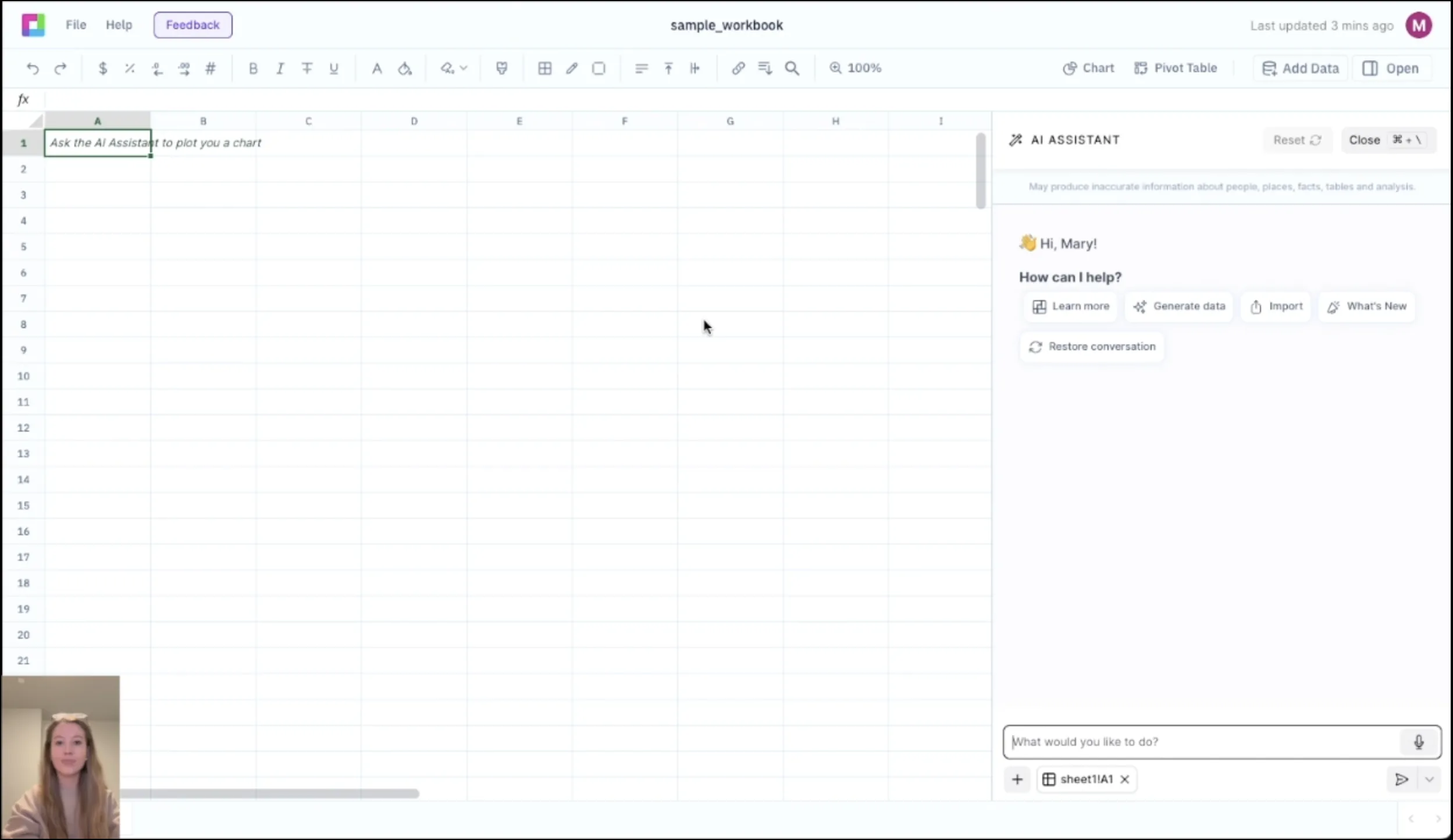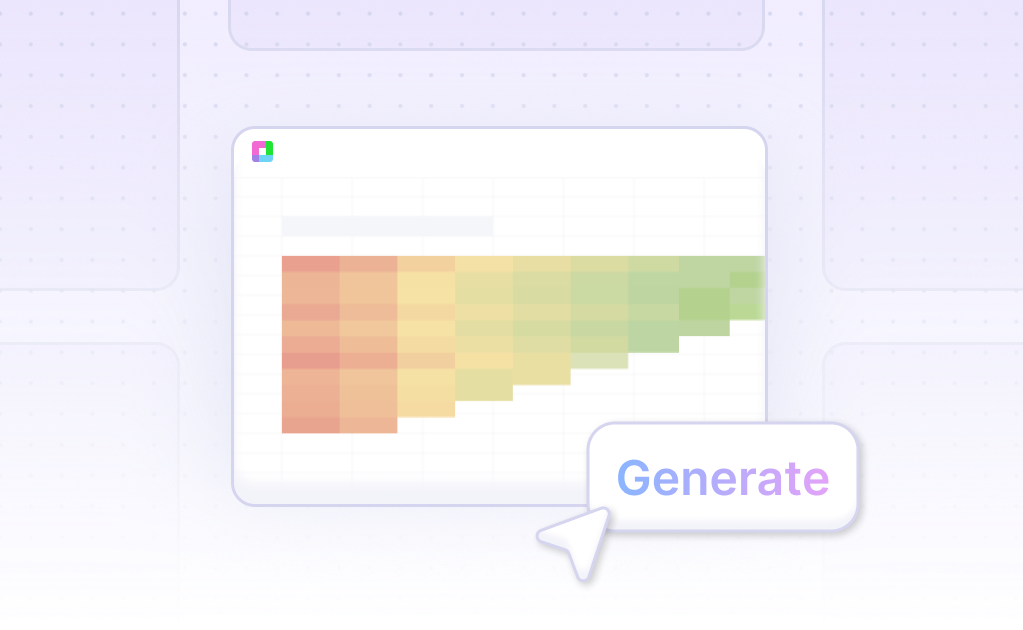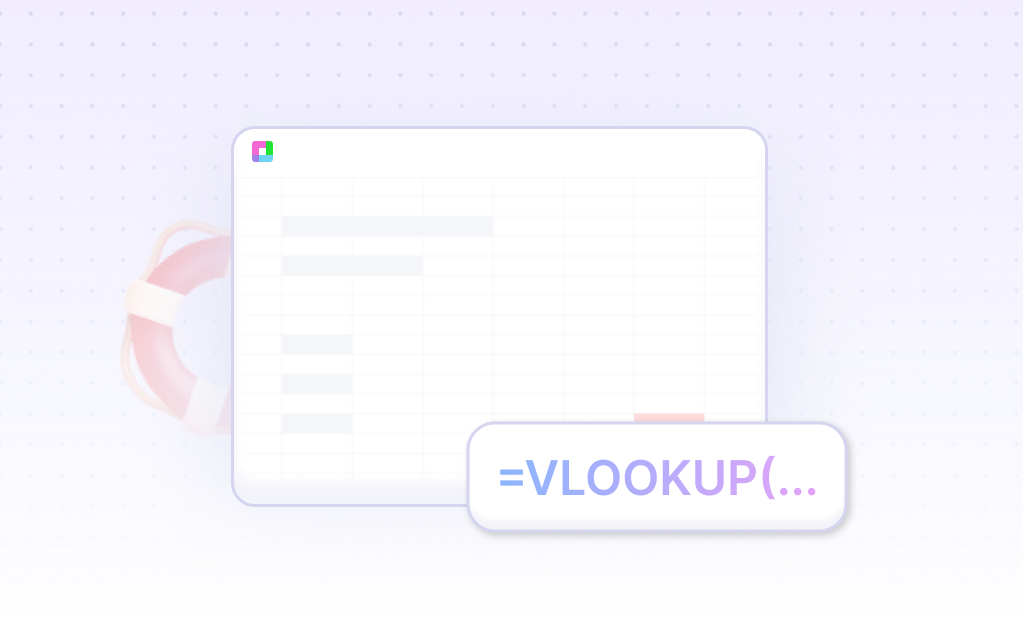
Unlock Statistical Insights with Professional Data Analysis
Statistical analysis is the foundation of data-driven decision making, providing the tools to test hypotheses, identify patterns, and draw meaningful conclusions from data. Our Statistical Analysis Template offers comprehensive statistical tools for researchers, analysts, and data scientists to perform rigorous statistical analysis.
From descriptive statistics to advanced hypothesis testing, validate your findings with statistical rigor. Built for researchers, analysts, and data scientists, this template helps you analyze data properly, test hypotheses, and ensure statistical validity of your conclusions.
Comprehensive Hypothesis Testing & Inference
T-Tests & Z-Tests
Perform one-sample, two-sample, and paired t-tests with automatic calculation of test statistics, p-values, and confidence intervals. Conduct z-tests for large samples and known population variance.
Chi-Square Tests
Test for independence and goodness of fit using chi-square analysis. Analyze categorical data relationships and test whether observed frequencies match expected distributions.
ANOVA Analysis
Perform one-way and two-way ANOVA to compare means across multiple groups. Includes post-hoc tests and effect size calculations for comprehensive analysis.
Non-Parametric Tests
Conduct Mann-Whitney U tests, Wilcoxon signed-rank tests, and Kruskal-Wallis tests for data that doesn't meet parametric assumptions. Includes robust statistical alternatives.
Advanced Regression & Correlation Analysis
Linear Regression Analysis
Perform simple and multiple linear regression with automatic calculation of coefficients, R-squared, and statistical significance. Includes residual analysis and diagnostic plots.
Correlation Analysis
Calculate Pearson, Spearman, and Kendall correlation coefficients with significance testing. Create correlation matrices and identify relationships between variables.
Polynomial & Logistic Regression
Fit polynomial regression models for non-linear relationships and logistic regression for binary outcomes. Includes model selection and validation techniques.
Time Series Analysis
Analyze time series data with trend analysis, seasonal decomposition, and autocorrelation functions. Identify patterns and forecast future values.
Frequently Asked Questions
What sample size do I need for statistical significance?
The template includes power analysis tools to determine required sample sizes for different effect sizes and significance levels. It provides guidance for various statistical tests and research designs.
How do I choose the right statistical test?
The template includes a decision tree and flowchart to help you select the appropriate statistical test based on your data type, sample size, and research questions.
Can it handle non-normal data distributions?
Yes, the template includes normality tests and non-parametric alternatives for when data doesn't meet normal distribution assumptions. It provides robust statistical options.
Does it include effect size calculations?
The template calculates effect sizes (Cohen's d, eta-squared, etc.) for all statistical tests to help interpret the practical significance of your findings beyond statistical significance.
How does it handle missing data?
The template includes missing data analysis tools with options for listwise deletion, pairwise deletion, and imputation methods. It shows the impact of missing data on results.
Related Analysis Tools
Connect your most-used data sources and tools to Sourcetable for seamless analysis.
Frequently Asked Questions
If your question is not covered here, you can contact our team.
Contact Us





